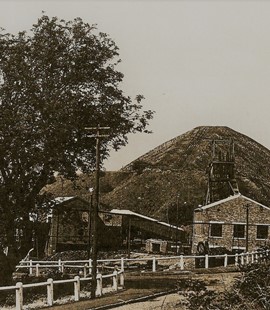
History
Explore the History of Twechar from the 1860s orwards.
Twechar has an enormously rich cultural and social heritage that stretches back to the time of the Roman Empire. The UNESCO world heritage site - the Antonine wall, runs right through Twechar, and excavations of a Roman Fort sit atop Bar Hill, which overlooks Twechar. The forth and Clyde Canal also runs along the northern edge of Twechar and is a nationally recognised ancient monument flowing from Grangemouth in the East to Bowling in the West. This was a site of much industrial travel in the 1700s and 1800s, with the section at Twechar being built in 1771. The section at Auchinstarry, a mile from Twechar, was a port from which people could emigrate down the canal to the ships that would cross the Atlantic Ocean to America. The canal’s main use was promoting industry and travel. In the mid-1800s William Baird opened the first of the Twechar Mines. From this point, Twechar became one of the focal points for Scottish mining, housing the engineering works and training for apprentice miners. The village was also a residential area for the miners, service workers and their families.

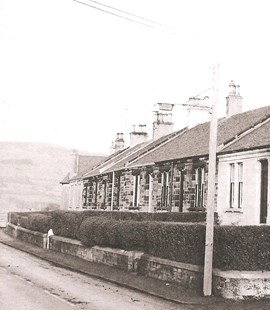
Housing
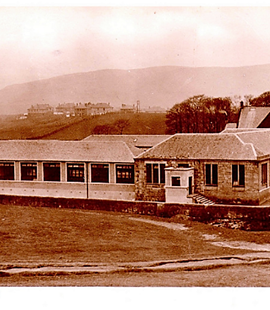
Education & Play
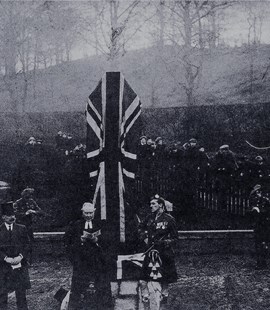
Twechar's War: WWI
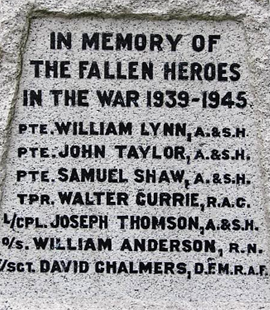
Twechar's War: WWII
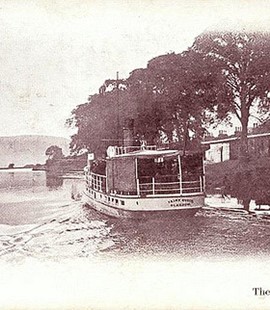
Forth & Clyde Canal
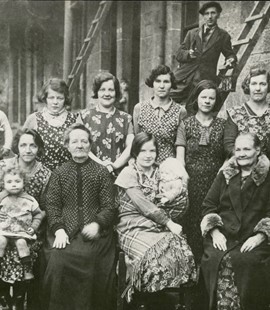
Twechar Folk
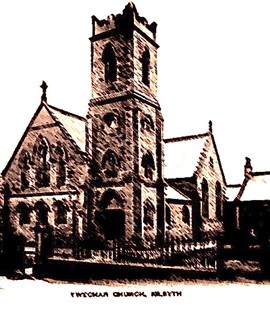
Religion

Allotments & Vegetable Gardens
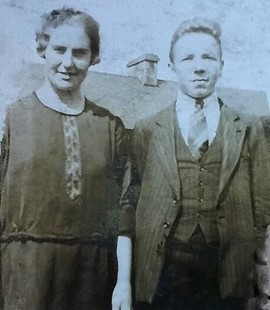
Mining Communities & Football

Wet Twechar
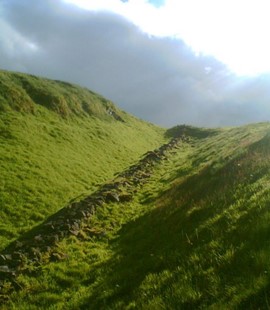
The Antonine Wall & Bar Hill Fort
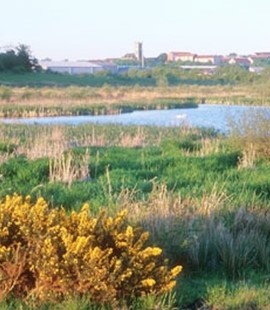
Twechar's Natural Heritage
